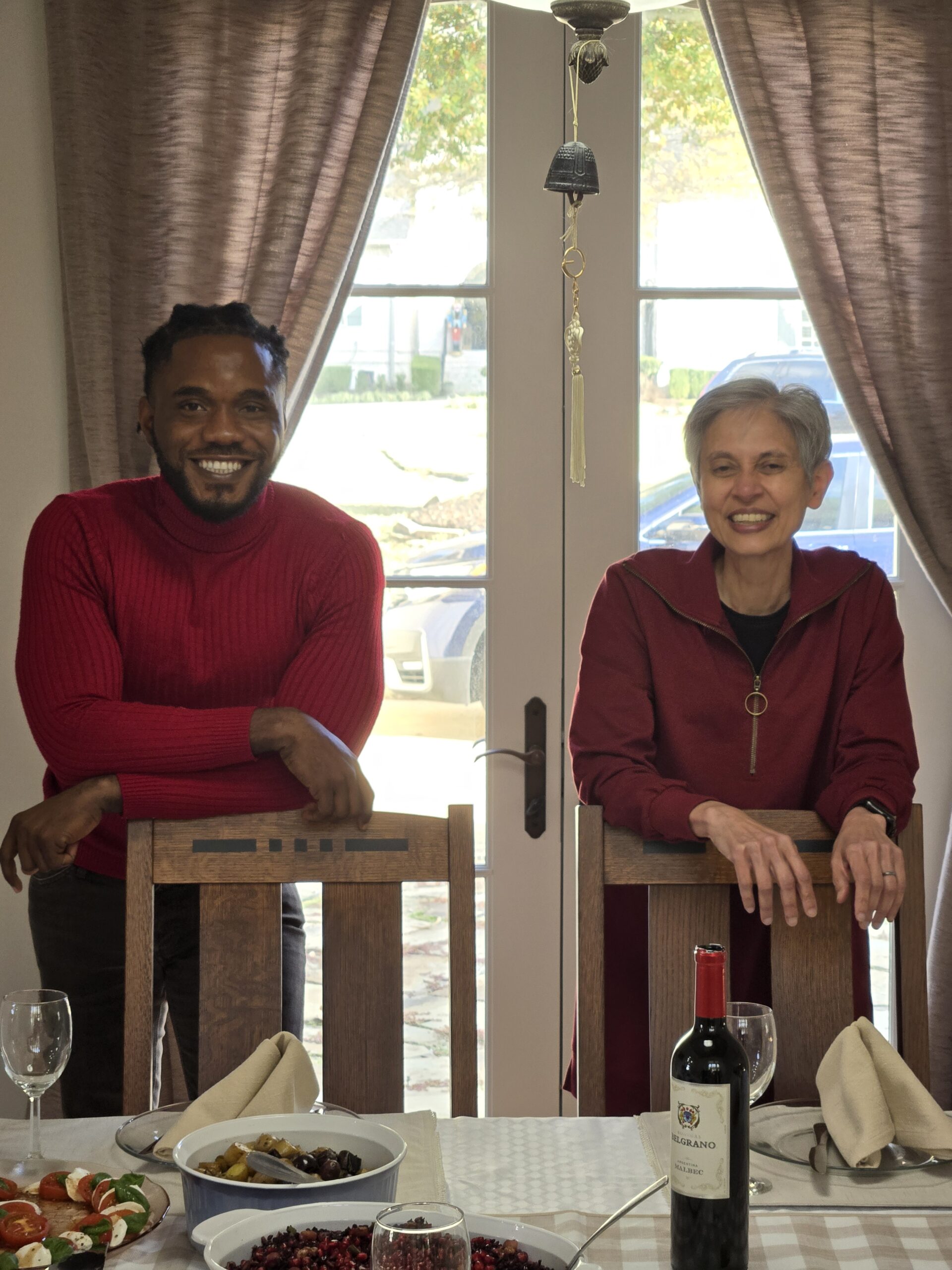Citation:
Ingold, T. (2017). On human correspondence. Journal of the Royal Anthropological Institute, 23(1), 9-27. https://doi.org/10.1111/1467-9655.12541
What Is This Research About? 🎯
This research challenges traditional views of human relationships and social life. Tim Ingold argues that we should not see people as separate individuals interacting, but rather as interwoven lines of life that continuously shape and influence each other.
Instead of viewing human relationships as static structures, he introduces the concept of correspondence—a dynamic process where people and their environments evolve together over time. By doing so, he provides a fresh perspective on social connections, movement, and shared experiences.
Why Does This Matter? 🤔
Traditional ways of thinking about society treat people as independent units that interact through fixed roles and structured relationships (e.g., family ties, workplace hierarchies, legal contracts). However, Ingold argues that:
- Human connections are more fluid and ever-changing.
- We should focus on how lives unfold together rather than how they are linked as separate entities.
- Instead of defining social life as rigid networks, we should see it as an ever-growing, interwoven web of relationships.
This new perspective can help us better understand human behavior, cultural traditions, and even economic or political systems by emphasizing shared movement and mutual responsiveness.
Key Concepts 🧩
1. Correspondence 🔄
- Instead of thinking about relationships as fixed links (e.g., a family tree or social network map), Ingold suggests that relationships should be seen as flows—like threads in a woven fabric.
- People are constantly answering to and moving with each other, shaping their paths as they go.
2. Habit (Doing-Undergoing) 🌀
- We do not just act on the world; we also undergo experiences and are shaped by them.
- Example: Walking is not just an action; it is an experience that changes the walker over time. Similarly, our relationships and interactions are not just things we do, but things we go through and evolve with.
3. Agencing (Instead of Agency) 🚀
- Traditional sociology focuses on agency—the idea that individuals make decisions and take action.
- Ingold instead introduces agencing, meaning that actions and experiences emerge together, rather than being caused by individual decisions.
- Example: A conversation is not just two people exchanging words; it is a process where meaning emerges through mutual influence.
4. Attentionality 👀
- Instead of intentionality (which suggests that people act with pre-planned intentions), Ingold argues that people act by being attentive and responsive to their surroundings.
- Life is not about executing plans but about adjusting to ongoing flows.
How Did the Researcher Study This? 🧪
Ingold builds his argument by analyzing philosophical, anthropological, and historical sources, as well as everyday human activities. He draws insights from:
1. Challenging Classic Theories ❌📖
- Ingold critiques thinkers like Émile Durkheim and Marcel Mauss, who argued that societies form through structured interactions.
- Instead, he suggests that social life is more like a flowing river than a solid structure.
2. Using Metaphors and Observations 🔍
- He compares human relationships to knots and meshworks rather than fixed points on a map.
- Example: Holding hands is not just a symbolic act—it is a physical and emotional experience where two people move together.
3. Studying Everyday Movements 🚶♂️
- Ingold examines how everyday activities—like walking, speaking, and even crafting objects—demonstrate correspondence.
- Example: When two people walk side by side, they continuously adjust to each other’s pace without needing explicit instructions.
4. Applying These Ideas to Big Social Questions 🌍
- He explores how correspondence shapes key areas like kinship, ecology, economics, religion, and politics.
- Instead of treating these as rigid systems, he argues that they should be seen as ongoing, flexible relationships that evolve over time.
What Were the Results? 📊
- Social life is not a system of fixed interactions but a flowing process of shared movement.
- People do not just connect with each other—they evolve together.
- Change happens through continuous adjustment and mutual responsiveness.
- Instead of studying relationships as networks, we should study them as interwoven paths that co-develop over time.
Implications for Researchers and Practitioners 📌
For Anthropologists & Social Scientists 🎓
- This study encourages rethinking social relationships as fluid and evolving rather than static and structured.
- Researchers should focus on how people move and grow together rather than how they are linked.
For Businesses & Organizations 🏢
- Companies should focus on continuous adaptation rather than rigid strategies.
- Success depends on being responsive to changes and adjusting in real time, rather than following pre-set plans.
For Everyday Life 🌱
- We should see our relationships as living, evolving connections rather than fixed roles.
- Instead of rigid expectations, we should focus on mutual responsiveness and shared growth.
Final Thoughts 💡
Tim Ingold’s research challenges the way we think about relationships, interactions, and social life. Instead of viewing them as fixed structures, he invites us to see them as flowing, evolving, and interconnected paths.
By shifting our perspective from static roles to continuous correspondence, we can better understand how people and societies change, adapt, and grow together.










Leave a Reply